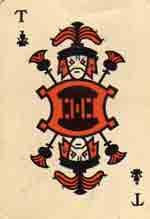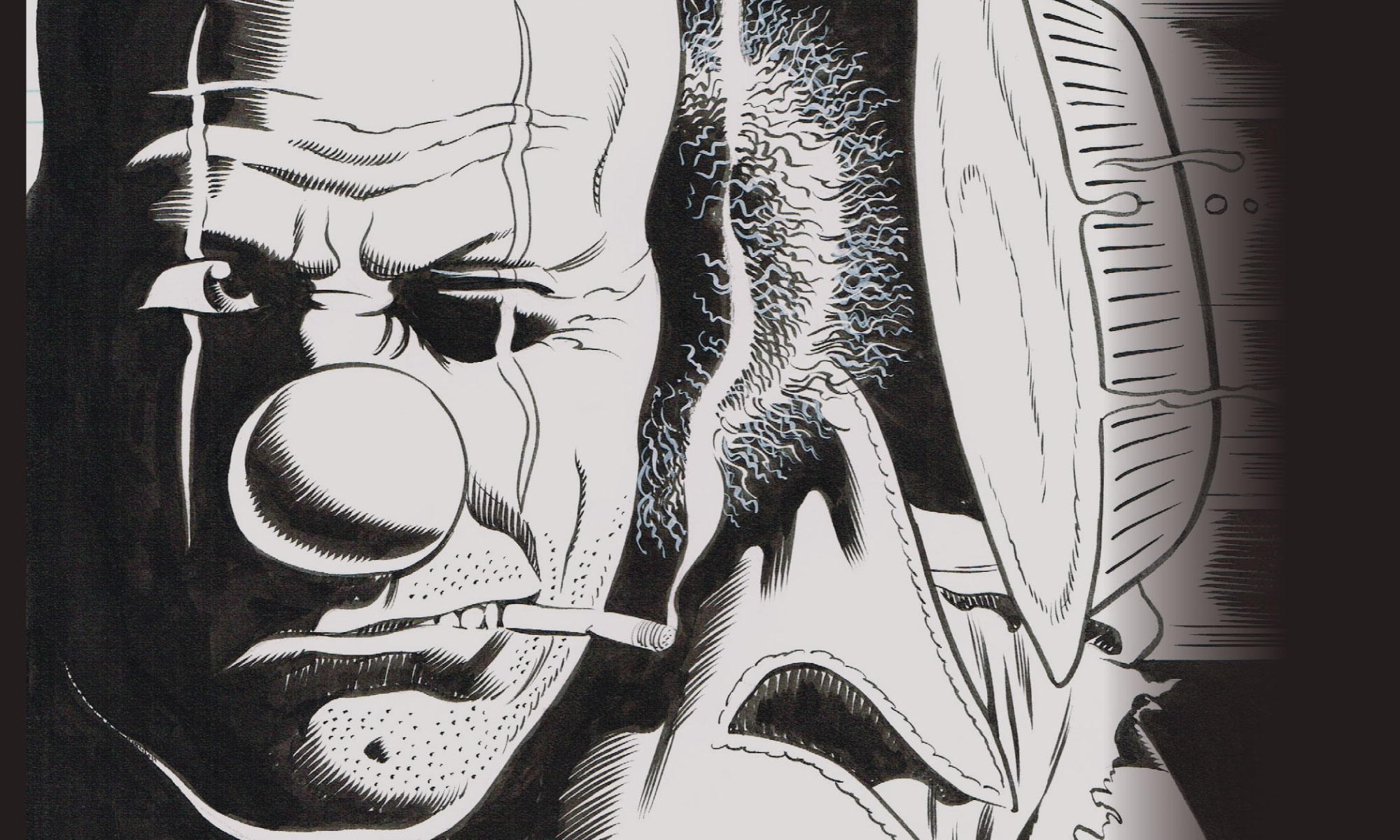 Last night we all went down to the special Member Night at the Field Museum of Natural History. It might be the fourth or fifth year in a row we’ve done this, and we look forward to it every time. For these events, the Field Museum brings in extra docents, plans some special exhibits and, most importantly, lets people visit the back rooms, storage areas and labs that usually closed to the public. This is the most fun, because we get to see the researchers in their element, in all their nerdy glory. The inside jokes, the Far Side cartoons on the wall, the wacky insect-printed ties they bring out for special occasions–it’s all there.
Last night we all went down to the special Member Night at the Field Museum of Natural History. It might be the fourth or fifth year in a row we’ve done this, and we look forward to it every time. For these events, the Field Museum brings in extra docents, plans some special exhibits and, most importantly, lets people visit the back rooms, storage areas and labs that usually closed to the public. This is the most fun, because we get to see the researchers in their element, in all their nerdy glory. The inside jokes, the Far Side cartoons on the wall, the wacky insect-printed ties they bring out for special occasions–it’s all there.
One downside of the night is that the Collections Resource Center has been moved to the new, underground wing of the museum. It doesn’t quite have the atmosphere of a museum yet, unlike the old offices, with the oak cabinets and smell of formaldehyde. Some people might say this ain’t a downside at all. Two years ago, we were shown how the scientists prepare specimens for display. It wasn’t for the faint hearted. Not only was one researcher stripping the skin off the carcass of a recently killed red fox (hit on Lake Shore Drive and 51st Street, a handy card informed us), but also we got to watch how insects are used to strip skeletons sparkling clean. The smell was intense, and I kept thinking, How do you keep all these bugs in this office so they don’t take over this entire building, eating little schoolchildren as they look at the mummy exhibits?
I admire these scientists in their dedication to what they love. I could never work in any field like this, that’s for sure. My attention span is too short and my work habits too erratic to produce reliable results. In college I dated a girl briefly who was an Anthropology major. Every summer she traveled to New Mexico to work in digs of 800-year-old Anasazi settlements. Which is all well and good. She went back year after year, married a professor of anthropology, and finally had enough data to start working on her thesis. After 15 years. And it took her five more to write it. Sorry, not for me. Not enough drinking involved.
The attendees at Members Night had a chance to look at the new dinosaur exhibit at the Field, called “Ancient Fossils, New Discoveries.” It was a brief but interesting look at new evidence and theories about what the ol’ thunder lizards were really like. (If you go, don’t bother with the audio tour–it added nothing to what you could learn from the signs.) It’s definitely worth checking out if you’re curious about the development of feathered dinosaurs, and how dinosaurs actually moved their bodies.
I don’t know about you, but ever since I learned that birds are the direct descendants of dinosaurs, the little puffballs have been freaking me out. The raptor scenes in “Jurassic Park” burst to the forefront of memory when I see a heron or crow or even a bluejay giving me the evil eye. Vicious brutes. All except ducks. They’re still too cute, with their silly mouths and little butts in the air as they graze for seaweed. How can you be afraid of a dinosaur that eats with its butt in the air?
My opinion of the new exhibit is slightly colored by the other Field archeology exhibit, “Evolving Planet.” And it’s certainly not because they aren’t both terrific. Rather, “Evolving Planet” goes out of its way many times to explain to visitors “How do we know this?” Like, how do we know that the earth is this old, how do we know these bones are related, how can we construct an entire dinosaur from an incomplete skeleton, etc. It doesn’t take long before you realize that the exhibit is trying to explain to fundamentalist nutjobs that evolution really happened, and that the Earth isn’t 6,000 years old. This makes me happy and sad at the same time. I’m glad to see the museum fulfilling its role as an educator and a repository of accumulated knowledge. I’m sad, of course, that it’s necessary to explain to people that the Bible isn’t a science book, and that a selfish, snooty cabal of scientists haven’t been lying to true believers for years so they can keep their cushy jobs and roll around in all that grant money like Sharon Stone in “Casino”. What was the statistic I’ve heard thrown around lately, that 100 million Americans don’t believe in evolution? That’s a helluva lot of people in the remedial class. But, the only way to fight ignorance is through education, at least as the laws stand in most states.
For Field Museum fans, you should go and check out the (relatively) new exhibit on ancient America, the Mayas, the Aztecs and the Incas. That’s finally all new and spiffy, and very informative. I hope soon they can do the same for the North American Indian exhibit, which follows almost directly after. That is obviously from another era, with lots of mannequins in beaded costumes and dusty dioramas. It’s not bad at all, but it looks a little low rent compared with many of the other exhibits down there.


hehehe, they need to ship off half the students at GV to see that exhibit on how and why. have a good easter, i plan on dying eggs, then hiding them after drinking enough that i won’t remember where they are hidden. then in the morning i will wake up around 2 in the afternoon and have all the same fun that i used to have as a kid, only i won’t have to wake up early or go to church afterwards. hope you have as much fun as i plan on.
slainte!
I wonder whether the museum’s explanations are so detailed because most people (well, most Americans, anyway) don’t possess even a basic understanding of what science does and how it does it. I think it really never occurs to most people to wonder how scientists can determine apparently unknowable things like the age of the earth. And that’s a shame. Who’s to blame? Science teachers, the media, scientists, …. Who knows? But I face young people every quarter with a remarkable lack of curiosity about how things work.
I would argue one culprit is our throw-away society. Being able to fix things like radios and toasters, as people did two generations ago, lets a person think of systems, how one thing affects another, and how abstract scientific principles (like the conduction of current) has a practical application (like warming your toast). Now, the only thing you need to think about if your toaster is broken is the hours that Target is open.
But I don’t understand why people would assume that scientists and “experts” are all liars and frauds when an objectionable theory is put forward. It’s infuriating when scientists (as is happening in the global warming debate) are painted as fools or charlatans advancing some hidden agenda. When I don’t understand something, I might not admit it, but at least I’m aware of it. I don’t scream that Ben Bernanke is a mountebank just because I don’t understand economic theory.